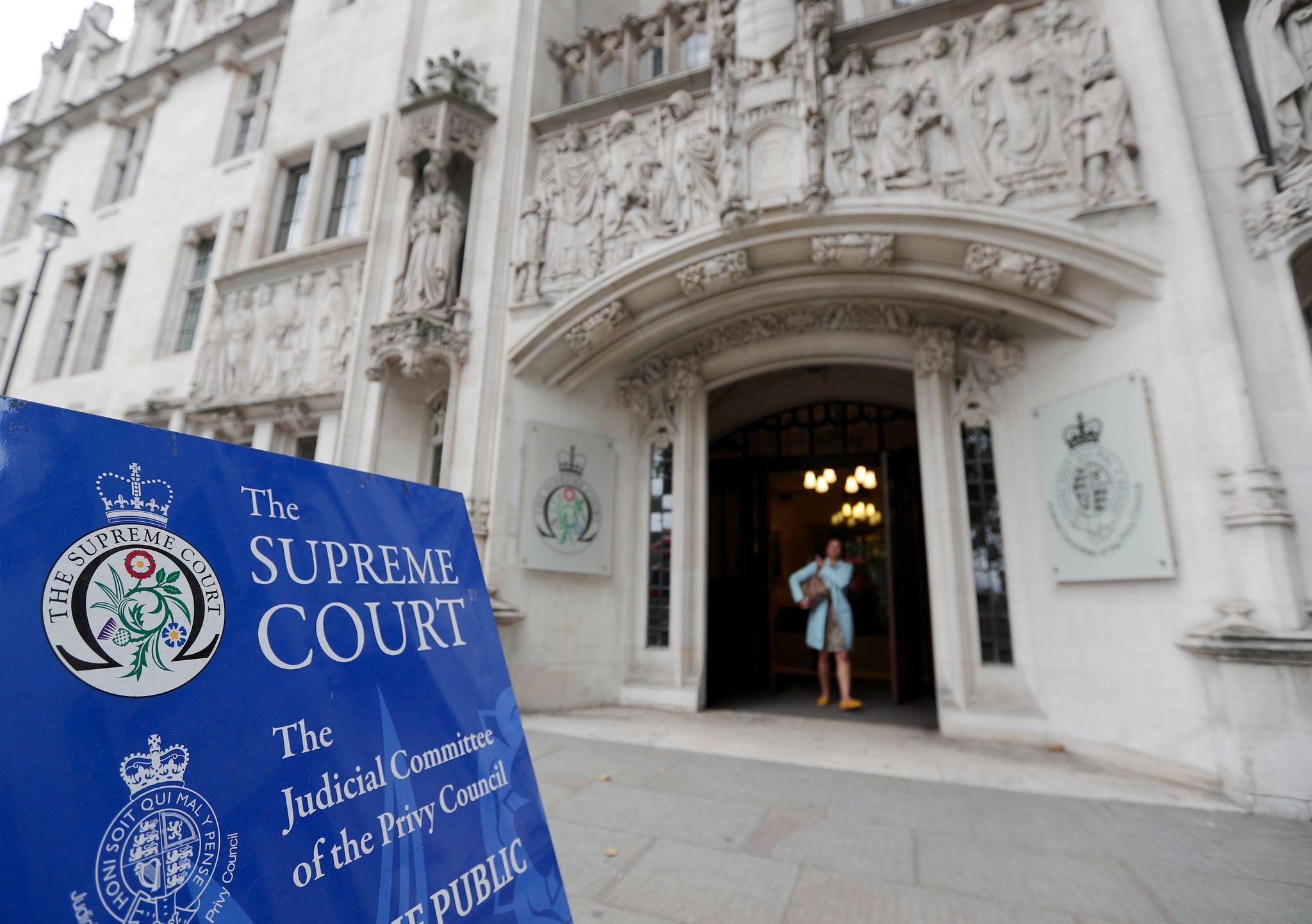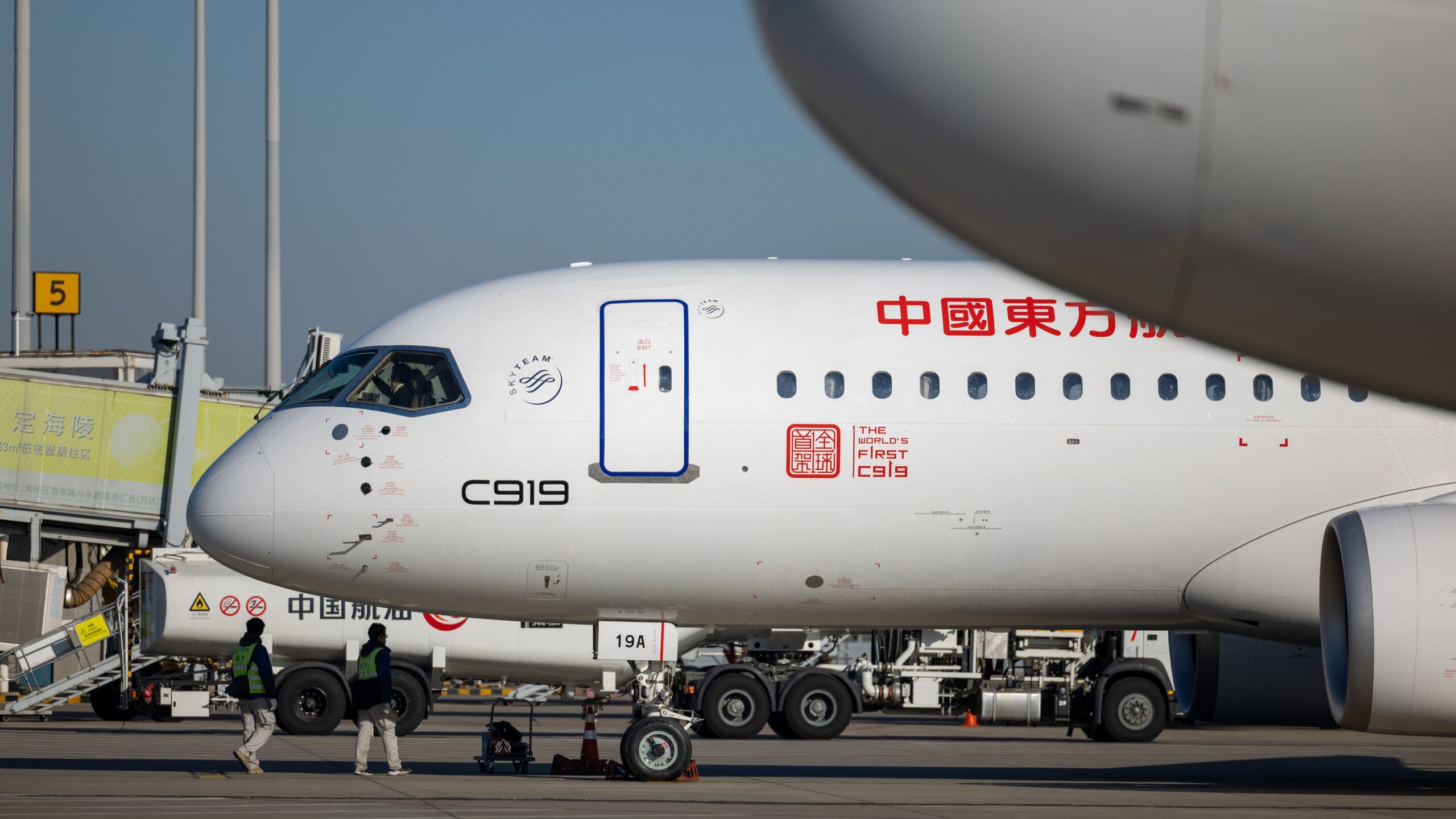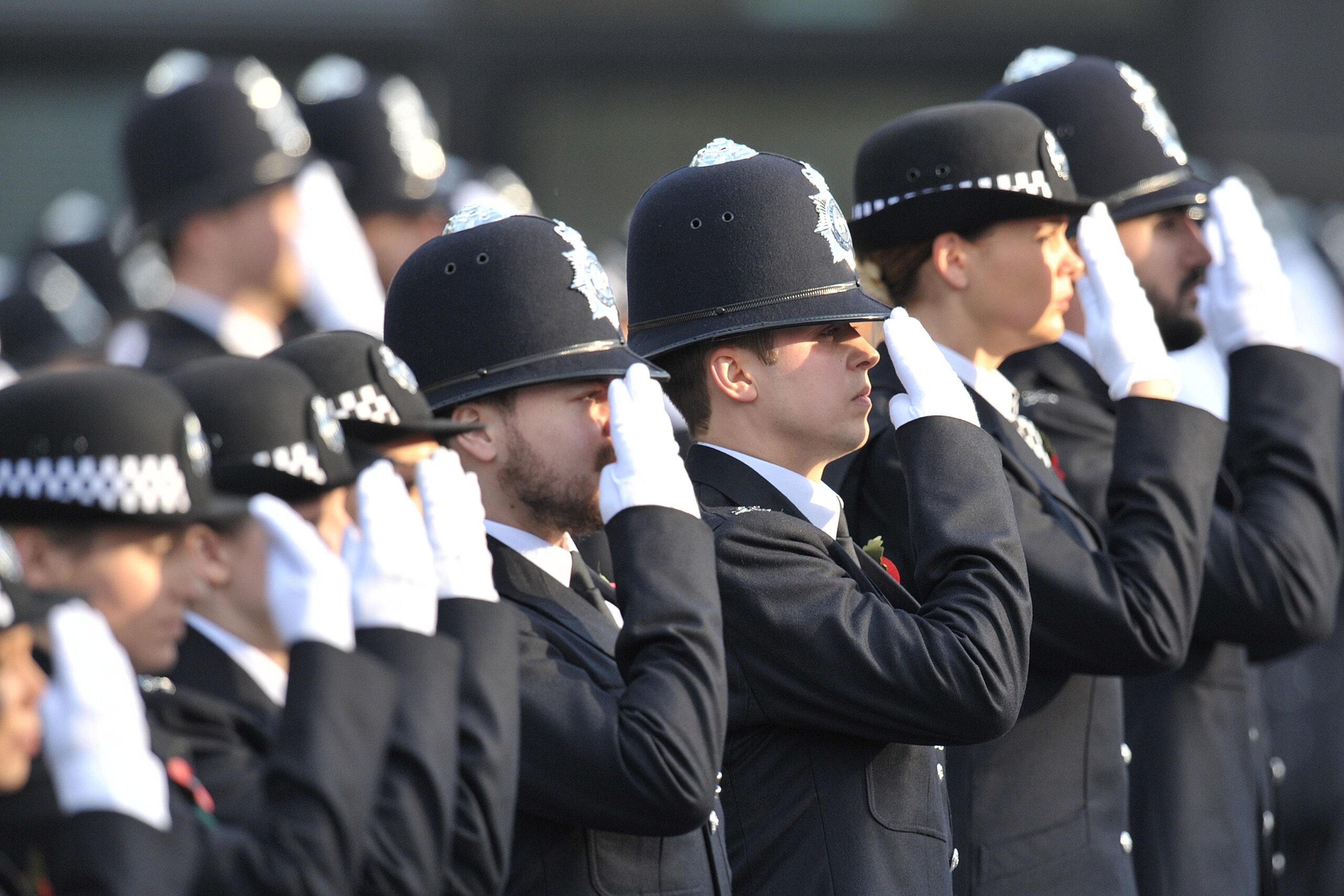The contentious South China Sea, particularly the waters west of the Philippines, has been thrust back into the spotlight as Google Maps labelled the area the “West Philippine Sea,” aligning with Manila’s official designation for its Exclusive Economic Zone (EEZ). This move echoes the landmark 2016 Hague ruling and intensifies a complex dispute involving the Philippines, China, Vietnam, Malaysia, Brunei, and Taiwan, with competing claims over islands and maritime rights fuelling geopolitical friction.
The South China Sea handles approximately $3.36 trillion in annual global trade and holds an estimated 11 billion barrels of oil and 190 trillion cubic feet of natural gas, alongside rich fisheries. The West Philippine Sea, encompassing Second Thomas Shoal, Scarborough Shoal, and the resource-laden Reed Bank, lies at the heart of the conflict. The claims are as follows:
- Philippines: Under the United Nations Convention on the Law of the Sea (UNCLOS), it asserts a 200-nautical-mile EEZ, including parts of the Spratly Islands and Scarborough Shoal, designated as the “West Philippine Sea” since 2012. It maintains a grounded warship, BRP Sierra Madre, at Second Thomas Shoal, though China has controlled Scarborough Shoal since 2012.
- China: Claims nearly 90% of the South China Sea via its “nine-dash line,” citing historical rights over the Spratlys, Paracels, and Scarborough Shoal, reinforced by artificial island-building and militarisation.
- Vietnam: Asserts sovereignty over parts of the Spratlys and Paracels, tracing claims to the 17th century, and collaborates with the Philippines to counter China’s expansion.
- Malaysia: Claims Spratly features near Sabah and Sarawak within its EEZ, adopting a quieter diplomatic approach.
- Brunei: Seeks Louisa Reef in the Spratlys and its EEZ, with minimal friction with China.
- Taiwan: Mirrors China’s “nine-dash line,” claiming Taiping Island in the Spratlys, which it controls.
A pivotal moment came on 12 July 2016, when the Permanent Court of Arbitration (PCA) in The Hague ruled on a case filed by the Philippines in 2013 challenging China’s claims. The tribunal’s findings were sweeping:
- Nine-dash line invalid: China’s historical claims under the nine-dash line were deemed baseless under UNCLOS.
- Island status: No feature in the Spratlys or Scarborough Shoal qualified as an “island” capable of generating an EEZ. Scarborough Shoal was ruled a “rock” (12-nautical-mile territorial sea), while Second Thomas Shoal and Mischief Reef were “low-tide elevations” (no maritime rights). The Spratlys as a whole could not claim an extended maritime zone.
- China’s violations: China’s restriction of Filipino fishermen at Scarborough Shoal, environmental damage from reclamation (e.g., Mischief Reef’s coral reefs), and interference with Second Thomas Shoal resupply missions breached UNCLOS.
- Philippine rights: The tribunal affirmed Manila’s fishing and resource rights in its EEZ, including Reed Bank, free from Chinese interference.
The ruling, legally binding under UNCLOS, was hailed by the Philippines but rejected by China as “null and void.” Beijing has since escalated militarisation, deploying missiles at Fiery Cross Reef, while Manila struggles to enforce its rights. Scarborough Shoal remains under Chinese control, and Second Thomas Shoal resupply missions face harassment, with a collision reported in August 2024.
Google Maps’ 2025 adoption of “West Philippine Sea” is seen as tacit support for the Hague ruling and Manila’s claim to areas like Reed Bank. However, Google has not commented, and labelling varies by region—China’s maps retain “South China Sea.” Analysts warn this could heighten diplomatic strains amid ongoing maritime clashes.
Global responses are pronounced. The United States, bound by a mutual defence treaty with Manila, has intensified “freedom of navigation” operations, while Japan supplies Philippine coastguard vessels. In March 2025, UK Foreign Secretary David Lammy, visiting Manila, urged respect for the 2016 ruling. ASEAN and China’s talks on a South China Sea Code of Conduct drag on without resolving sovereignty disputes. Vietnam and Malaysia back the ruling cautiously, while Indonesia’s recent Natuna Islands deal with China has raised eyebrows.
The Philippines faces a dilemma: leaning on the US and Japan risks provoking China, while engaging Beijing could undermine its claims. The Hague ruling remains a legal cornerstone but has not altered on-the-ground realities. As Google Maps’ rename fuels debate, the West Philippine Sea continues to test the balance of international law and power politics, with the world watching closely.




